
How to Choose the Safest Shampoo for You
Silicea is best used for skin ailments, including pimples, blackheads, and blemishes associated with common acne. Also useful for brittle hair and nails.
Finding the perfect shampoo is difficult, primarily because so many options exist.
There are many types of shampoo with different ingredients that promise various effects.
How do you decide which shampoo to purchase? Do you choose a famous brand, read reviews online, or check the ingredients list?
Many people do not check the ingredients because they are unfamiliar with the technical terms.
Shampoo labels are not easy to read and understand, but they contain crucial information. They have a long list of ingredients full of chemicals you cannot pronounce, supposedly “natural” ingredients, and potentially toxic combinations.
These harmful chemicals give your hair an instant beauty boost creating a clean, shiny, bouncy, and smooth look. However, long-term, they are toxic to your hair's health. They can even pose life-threatening dangers, such as cancer and hormone imbalance.
Keep on reading if you want to understand shampoo labels so you can choose the most beneficial ( least harmful) ones for your hair.
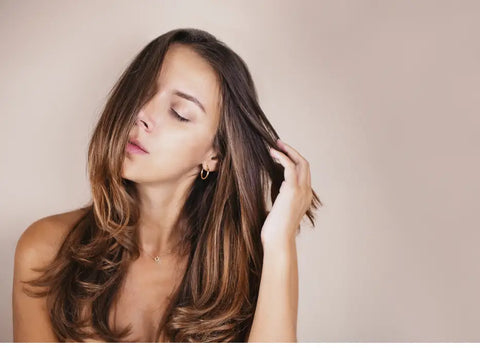
Reading and understanding shampoo labels…
Firstly, to understand your shampoo label, you need to become familiar with these terms:
1. The core of shampoo is substances that clean your hair – several synthetic surfactants (cleansing agents) derived from various chemicals.
The safest cleansing agents are saponified vegetable oils (aka soap), but they may leave soap residue in your hair. The surfactants that are supposedly not as safe are:
- cocamide DEA, MEA, TEA or MIPA
- Lauramide DEA
- PEGs
- Sodium Laureth Sulfate
- Ammonium Laureth Sulfate
- Sodium Lauryl Sulfate
- Cocamidopropyl Betaine
- Ammonium lauryl sulfate
2. Carrying agents are the base of your shampoo, and their main goal is to help shampoo’s active ingredients achieve their effect. The most common carrying agent is “aqua” (water), but vegetable glycerin or grain alcohol is also standard.
- Compounds with MEA, DEA, TEA, AND MIPA
- Ingredients with the PEG-n designations.
You should avoid emollients that include mineral oil (a petroleum derivative) and silicones like dimethicone. Silicones coat your hair and pollute the environment, as they are not biodegradable. Suppose you are looking for a shampoo that coats your hair. In that case, you may want to try Copernicia cerifera wax, a biodegradable plant wax.
5. Humectants are used to attract and retain moisture from water. They prevent shampoo from drying out and give your hair a feeling of fullness. Your safest options include vegetable glycerin and sorbitol. The most common are propylene glycol, butylene glycol, and ethylene glycol, which may cause irritation and allergy.
6. Your hair (particularly if it is damaged) needs proteins, so your shampoo must include them. Proteins are crucial for hair strengthening. You may choose rice and quinoa proteins over soy and wheat as they are less likely to contain GMOs (Genetically Modified Organisms) or cause gluten concerns. However, using products with too much protein causes unhealthy hair, even if they are safe and completely natural. Too much protein in your hair makes it appear dry and brittle.
7. Typically, shampoos contain some sort of fragrance. If they have a lot of unhealthy ingredients, the fragrance is often used to hide the smell of chemicals. You can choose fragrance-free shampoos or shampoos with essential oils for scents. Avoid synthetic fragrances as they are a mixture of unknown substances, which can be associated with allergies, dermatitis, and respiratory distress.
BM39 is best used for mastocytosis (numerous, itchy, irregular, yellow or orange-brown swelling on the skin); allergy from food (milk, eggs, shellfish or nuts); and medicine allergy.
8. Shampoos need preservatives to avoid letting microbes and mold growth. Some of the least toxic preservatives are potassium sorbate and sodium benzoate. The ones you should avoid:
- Parabens (methylparaben, isopropylparaben, ethylparaben, isobutylparaben, butylparaben, propylparaben)
- Methylchloroisothiazolnone
- Methylisothiazolinone
- Diazolidinyl Urea
- DMDM Hydantoin
- Imidazolidinyl Urea
- Benzyl Alcohol
- Quaternium-15
- Sodium Hydroxymethylglycinate
- Polyoxymethylene Urea
- Methylisothiazolinone
- 2-Bromo-2-Nitropropane-1,3-Diol (Bronopol)
- 5-Bromo-5-Nitro-1,4 Dioxane
Harmful hair product ingredients
The facts are some hair ingredients can cause harmful long-term effects. The ones you want to avoid are:
-
Sulfates. These surfactants clean the dirt and excess oil on your scalp. They can increase your skin sensitivity and strip your hair of natural oils, making it dry. If used for prolonged periods, they can even create hormone disruption. Sulfates are also dangerous for the environment and aquatic life.
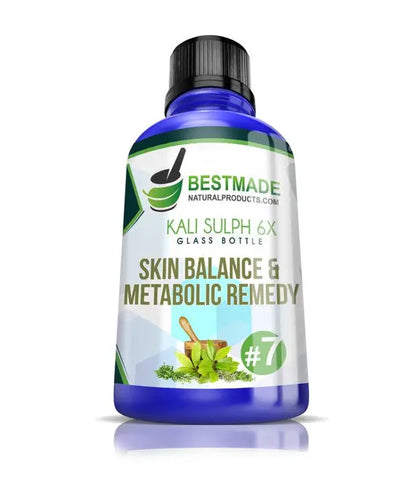
Kali Sulph is best used for eruptions on the skin and scalp problems, especially when there is yellow pus. It may help carry oxygen to your cells and benefit respiration. Useful when you feel stuffed up or have a cough with yellow phlegm & more.
- Parabens. They are added as preservatives to prevent bacteria from growing in shampoos but increase your risk of skin and breast cancer.
- Phthalates make the fragrance last on your scalp and hair but cause hormonal disruptions and harm the environment.
- Formaldehyde can be used as a preservative, easily absorbed by the skin, and potentially cause cancer.
- Dimethicone. It is silicone used to create a protective layer on your hair. However, it keeps your hair from absorbing moisture and causes scalp irritation by clogging pores.
- Retinyl palmitate. It is responsible for skin itching, redness, scaling, and peeling. Also, cancer, reproductive problems, and organ toxicity are possible effects.
- Alcohol. It is a thickening agent or emollient and causes hair dryness and brittleness.
- Toluene. It is a petrochemical substance frequently used in hair dyes. It harms your immune system and causes congenital problems.
-
Imidazolidinyl can irritate your skin and eyes.
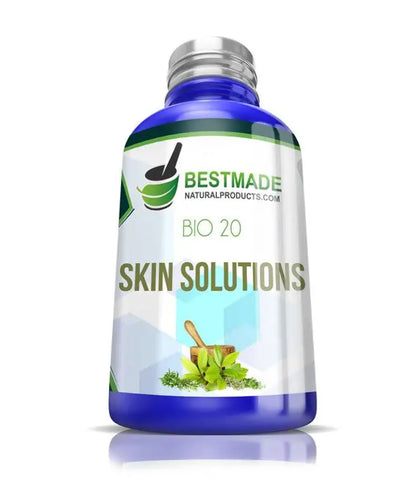
BIO20 supports healthy cell regeneration and promotes the skin's youth, radiance, and healthy appearance. This combination of cell salts is useful for eczema, psoriasis, acne, pemphigus, and dandruff. It is also useful for visible scars, cradle caps, and neonatal dermatitis.
- Polyethylene Glycol (PEG) derives from petroleum and is a thickening agent. Research suggests that it can have a damaging effect on your scalp.
- Triclosan is used in shampoos, toothpaste, and deodorants, but it is a known hormone disruptor.
- Fragrances. These are made synthetically with several toxic chemicals and may cause cancers, reproductive issues, or asthma attacks and lead to hair loss.
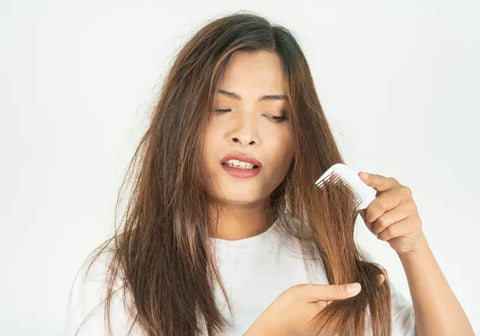
Apps that can help you buy the best products…
You owe it to yourself, your body, and your health to make knowledgeable choices when buying beauty and care products.
Many marketing campaigns use words like “organic,” “natural,” “clean,” or “green,” which can be misleading. They do not necessarily mean that your products do not contain harmful chemicals.
Some apps can help you understand the toxicity of shampoo ingredients and other beauty products. Their goal is to assist you in reading beauty product labels. Most have accompanying websites that are also valuable resources.
The following apps can help you understand what you are using to take care of yourself:
- The Think Dirty App is free, simple, and comprehensive. It provides detailed information about what is in your beauty product and helps you process and understand it. To use it, scan a product bar code with your phone. The app will generate a report on the ingredients and offer cleaner alternatives.

- CosmEthics is a European app that also functions with the scanning of a product bar code. Its database has thousands of products and information gathered from manufacturers and retailers. The app allows you to personalize it for your shopping and product preferences.
- EWG Healthy Living is part of the Environmental Working Group, whose mission is to “empower people to live healthier lives in a healthier environment.” The organization uses the “EWG VERIFIED” mark when a product passes its safety standards.
- Detox Me is a free app that uses research to help reduce your chances of buying household or beauty products with potentially harmful chemicals. The creators believe that knowledge is "a prescription for prevention." The app helps you track your progress in eliminating toxic effects, offers tips and recommendations for safer alternatives, and analyzes product labels and technical terminology.
- Chemical Maze translates the ingredients in your products. It helps you recognize cosmetic ingredients that may be causing you discomfort or other adverse side effects. You need to look up the ingredients by name or INS number and find an assigned smiley, neutral, or sad face. The app offers an effortless way for you to figure out if an ingredient is harmful or not.
- CodeCheck checks the safety of a product by scanning its barcode. European Commission and the California Department of Public Health are used as experts and data sources to rate ingredients and analyze how it affects you and the environment.
These apps make your life much easier. With them, you can find the safest beauty products for you, including shampoos – something your skin and hair will be thankful for.
Natural Shampoo Alternatives
Natural shampoos use mostly organic or naturally derived ingredients. However, some shampoos may use natural and artificial ingredients even if they avoid synthetic ingredients.
As a consumer, you should read ingredient lists carefully to be able to choose the most natural shampoo for you.
Generally, natural shampoos are plant-based and do not contain harmful chemicals like parabens, synthetic fragrances, and sulfates. Sulfates are the main cleansing component of typical shampoos. So, sulfate-free shampoo most likely trades sulfates for other similar types of chemicals.
Shampoos that help with hair loss add natural ingredients for slowing hair loss or thickening hair overall.
Effective natural ingredients that can prevent hair loss and thicken your hair are:
- Saw palmetto. It is an extract that comes from berries of a palm common in the southeastern United States.
- Pumpkin seed oil. It is an oil that potentially boosts hair growth by preventing testosterone from forming DHT, a sex hormone that leads to hair loss.
Click here to find a list of many natural shampoos and here for a natural hair treatment recipe.
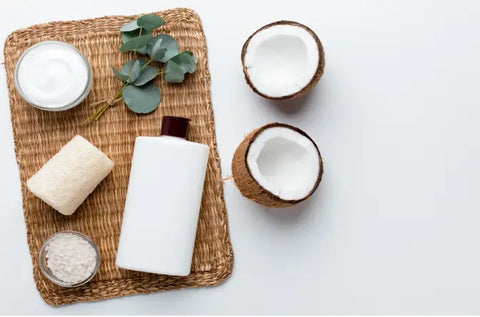
How to choose the right shampoo
- Before buying a product, it is essential to know what your hair needs (e.g., more protein, more moisture) and what you aim for (e.g., hair growth, hair thickening, hydration).
- Look carefully at the ingredients. Ensure you are not allergic to any and avoid harsh elements, including synthetic fragrances, parabens, and sulfates.
- Try to shop from brands with long-standing, positive reputations.
- Read reviews carefully, as consumers may mention if the formulas have changed and how that affected the results.
- Before buying from a third party like Amazon, check to see if the manufacturer has discontinued the product.
- Look for humectants such as coconut oil to prevent roughness and silicon oils for shiny and smooth hair.
- Remember that everyone is different, and some products will work for you but not others.
What about dry shampoo?
Your hair wants to be clean and conditioned, and the frequency you wash it depends on your hair type. Many people use dry shampoo as an alternative to washing their hair often.
Dry shampoo is a waterless way to clean and freshen up your hair, and its use has globally expanded.
Although it can be a resourceful way to keep your hair clean between washes, this alcohol- or starch-based product raises some safety concerns.
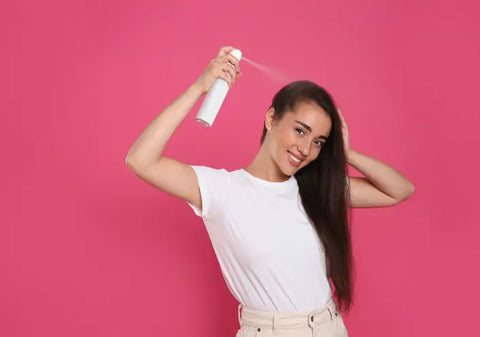
Using it too often can damage your hair and cause scalp problems, such as:
- hair breakage
- clogged hair follicles
- dandruff and scaly skin
The best thing you can do for your hair is to wash it properly. Even if it is more time-consuming, your hair will be benefited long-term.
If you just can't live without dry shampoo, make sure you choose an organic commercial product as an alternative to the standard product.
It's easy to make a DIY version of it. Use ¼ cup of cornstarch or rice starch with a sprinkling of cinnamon or cocoa powder, depending on your hair color. You may also add a few drops of essential oils for a natural fragrance.
Doing this will reduce the harmful effects of dry shampoo.
Bottom line
Many chemicals in your shampoo may be the reason for your hair loss, breakage, or lack of shine and may cause serious health concerns.
To improve your hair’s health, knowing what ingredients are dominant in your shampoo is helpful.
Understanding them will help you avoid harmful ingredients and choose safer options.
To conclude, purchasing healthier shampoo will benefit your hair and overall health.

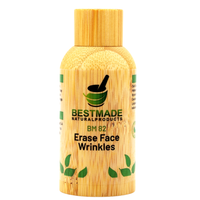
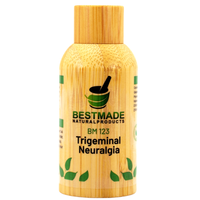
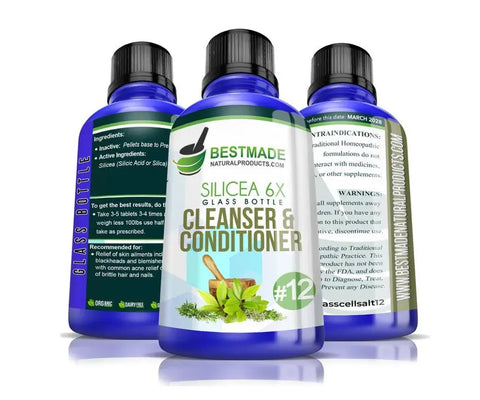
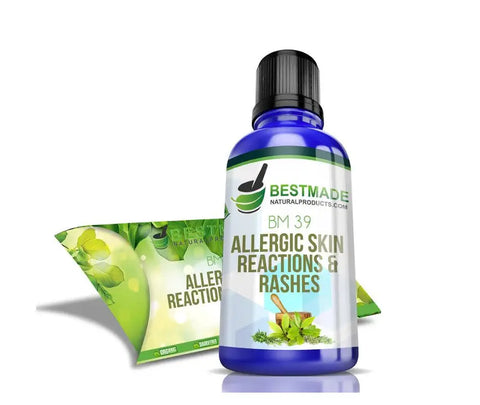

Laissez un commentaire